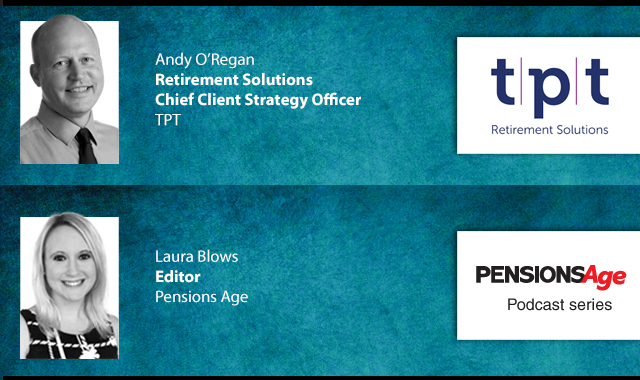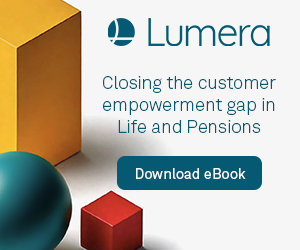Aon has formed a UK Endgame Strategy team to help schemes make decisions as they review their endgames during what it describes as a “key year” for pension schemes.
Following significant improvements in funding for defined benefit pension schemes over the last two years, many sponsoring employers and trustee boards have already reconsidered their scheme’s endgame, Aon has suggested.
However, given the recent regulatory and market developments, it said 2025 represents an important period for schemes that have yet to commit to a particular approach and are reviewing their endgame strategy.
“There are several factors at play,” explained Aon associate partner and head of UK endgame strategy, Paul Dooley.
“Inevitably, sponsors’ and trustees’ views on the way forward vary widely, and some have now changed their outlook.
“For example, the government’s statement of 28 January suggested that schemes will have more flexibility in the future on how they can use surpluses to benefit sponsors and members.
“The bulk annuity market has seen change too, with four new insurers entering it over the last 18 months.
“There has also been innovation. The Wates Pension Scheme transaction was a landmark case in the superfund market – the first with an ongoing sponsor.
And we’ve seen further developments in the pension captive space, including the recent M&G risk-sharing deal,” Dooley said.
“Given these developments,” he continued, “Aon has created the UK endgame strategy team to focus on ensuring pension schemes receive up-to-date endgame advice that fully aligns with the scheme’s aims.
“The team is establishing a fresh approach to fully understanding a scheme’s objectives, using Aon’s investment in financial modelling to help schemes comprehend potential outcomes for members and sponsors,” he added.
Aon UK endgame strategy team partner, James Patten, argued that the cornerstone of determining the most appropriate endgame was “achieving a consensus” with stakeholders on their joint objectives.
“While some sponsoring employers and trustee boards have an instinctive view on their preferred endgame, it can be difficult to determine for others. For example, it can be hard to weigh up run-on versus risk settlement without understanding the potential risks and rewards of a run-on strategy.”
“For this reason, we’ve invested further in our financial modelling capability with Aon’s pension endgame analyser tool,” Patten said.
“This has additional functionality, including the ability to analyse integrating employer covenant risk and the dependencies around surplus distribution, helping schemes make better-informed decisions about which endgame to pursue by understanding the potential outcomes for both the sponsor and the members,” he concluded.
Latest News
-
Updated: LGPS pools await further clarity from govt after receiving green light on future plans
-
2025 'key year' for pension schemes considering their endgame strategy
-
GP manager facing bankruptcy restrictions following pension failures
-
TPO upholds complaint against employer for failure to pay into worker's scheme
-
Westerby Group acquires pension provider Redswan
-
South East Water Pension Scheme completes £120m buy-in with Just Group
Being retirement ready
Gavin Lewis, Head of UK and Ireland Institutional at BlackRock, talks to Francesca Fabrizi about the BlackRock 2024 UK Read on Retirement report, 'Ready or not. How are we feeling about retirement?’
Time for CDI
Laura Blows speaks to AXA Investment Managers (AXA IM) senior portfolio manager for fixed income, Rob Price, about cashflow-driven investing (CDI) in Pensions Age’s latest video interview
The role of CDC

In the latest Pensions Age podcast, Laura Blows speaks to TPT Retirement Solutions Chief Client Strategy Officer, Andy O’Regan, about the role of collective DC (CDC) within the UK pensions space
Keeping on track

In the latest Pensions Age podcast, Sophie Smith talks to Pensions Dashboards Programme (PDP) principal, Chris Curry, about the latest pensions dashboards developments, and the work still needed to stay on track
© 2019 Perspective Publishing Privacy & Cookies
















Recent Stories